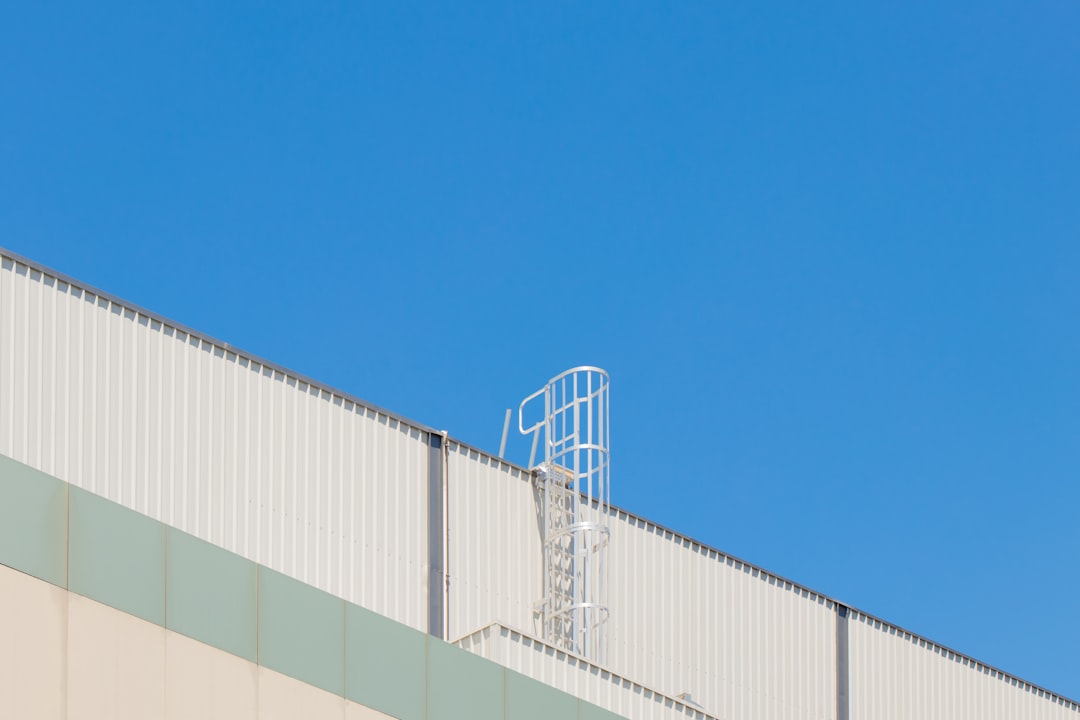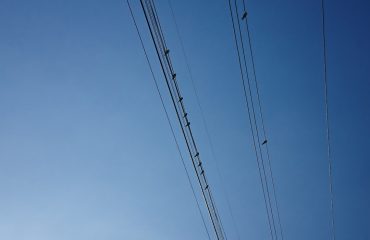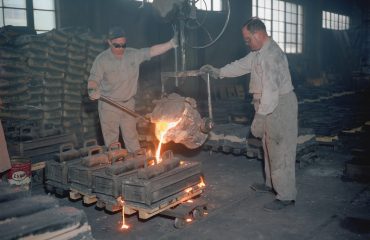Steel profiles are the unsung heroes of power plant construction and operation. From the massive structures housing turbines to the intricate components within the control systems, steel’s strength, durability, and versatility are essential for efficient and safe energy production. This post delves into the multifaceted role of steel profiles in the power generation industry, exploring their applications, material selection, and the critical importance of quality control.
1. Structural Frameworks: The Backbone of Power Plants
Power plants, particularly large-scale facilities, require robust structural frameworks capable of withstanding significant loads and environmental stresses. Steel profiles, including I-beams, H-beams, channels, and angles, form the backbone of these structures. These profiles are used in the construction of:
- Building frames: Supporting walls, roofs, and floors of the main plant buildings.
- Turbine foundations: Providing stable and vibration-dampening bases for heavy turbines and generators.
- Cooling towers: Constructing the intricate latticework of these massive structures.
- Stack supports: Ensuring the stability of exhaust stacks, often hundreds of feet tall.
- Crane runways: Supporting heavy-duty cranes used for maintenance and equipment handling.
The selection of appropriate steel profiles depends on factors like load capacity, span length, and environmental conditions. Engineers utilize sophisticated structural analysis software to optimize the design and ensure structural integrity.
2. Equipment Support and Piping Systems: Precision and Reliability
Beyond the main structural framework, steel profiles play a crucial role in supporting various power plant equipment and piping systems. Precisely engineered profiles are used to:
- Support platforms: Creating elevated walkways and platforms for access to equipment.
- Piping supports: Securely holding and aligning extensive networks of steam, water, and fuel pipelines.
- Equipment mounts: Providing stable and vibration-isolated bases for pumps, compressors, and other machinery.
- Ladder and handrail systems: Ensuring safe access to elevated areas within the plant.
- Cable tray supports: Organizing and protecting electrical cables and instrumentation wiring.
The accuracy of these supports is paramount. Slight misalignments can lead to vibrations, leaks, and equipment malfunction. Therefore, precise fabrication and installation are crucial.
3. Material Selection: Balancing Strength, Corrosion Resistance, and Cost
The choice of steel profile depends on a range of factors, including strength requirements, environmental exposure, and cost considerations. Common steel grades used in power plants include:
- Carbon steel: A cost-effective option for applications with moderate stress and minimal corrosion risk.
- Low-alloy steel: Offers improved strength and weldability compared to carbon steel.
- Stainless steel: Provides superior corrosion resistance, particularly in environments with high humidity, chemicals, or saltwater exposure. Often used in coastal power plants or areas with aggressive atmospheres.
- Weathering steel (Corten steel): Forms a protective oxide layer, reducing the need for painting and maintenance.
The selection process involves careful consideration of the specific application, environmental factors, and long-term maintenance costs.
4. Manufacturing and Fabrication: Ensuring Quality and Precision
The manufacturing and fabrication of steel profiles for power plants demand high precision and quality control. Modern fabrication techniques include:
- Hot-rolled profiles: Produced by rolling heated steel billets into desired shapes. Cost-effective for large-scale projects.
- Cold-formed profiles: Formed from cold steel sheets, offering greater precision and tighter tolerances. Suitable for complex shapes and smaller components.
- Welding: Joining individual profiles to create larger assemblies. Different welding techniques are employed depending on the steel grade and application.
- CNC machining: Precisely cutting and shaping profiles to meet exacting specifications.
Stringent quality control measures are implemented throughout the process, including material testing, dimensional checks, and non-destructive testing (NDT) to ensure structural integrity and adherence to industry standards.
5. Quality Control and Safety: A Paramount Concern
The safety and reliability of power plants are paramount. Rigorous quality control measures are implemented at every stage of the steel profile lifecycle, from material sourcing to final installation. This includes:
- Material certification: Ensuring that the steel meets specified chemical composition and mechanical properties.
- Dimensional inspection: Verifying that profiles conform to design specifications.
- Non-destructive testing (NDT): Detecting internal flaws and defects without damaging the material (e.g., ultrasonic testing, radiographic testing).
- Welding inspection: Ensuring the integrity of welds through visual inspection and testing.
- Regular maintenance: Inspecting and maintaining steel structures to prevent corrosion and damage.
Adherence to strict safety standards and regular inspections are critical for ensuring the long-term safety and operational efficiency of power plants.
In conclusion, steel profiles are indispensable components of modern power plants. Their strength, versatility, and reliability are crucial for the safe and efficient generation of electricity. The careful selection of materials, precision manufacturing, and rigorous quality control are essential for ensuring the long-term performance and safety of these critical infrastructure projects.
Tags: Steel profiles, power plant construction, steel structures, power generation, structural steel, industrial steel, power plant engineering




